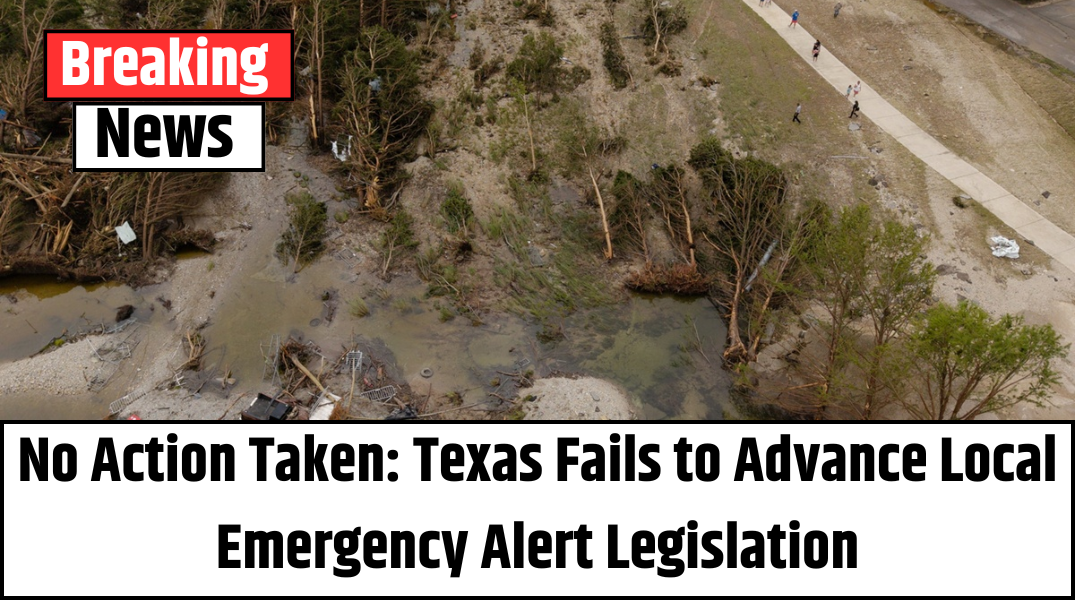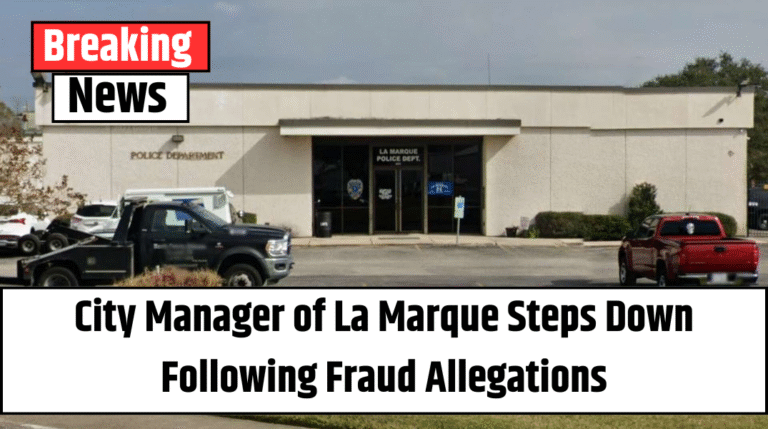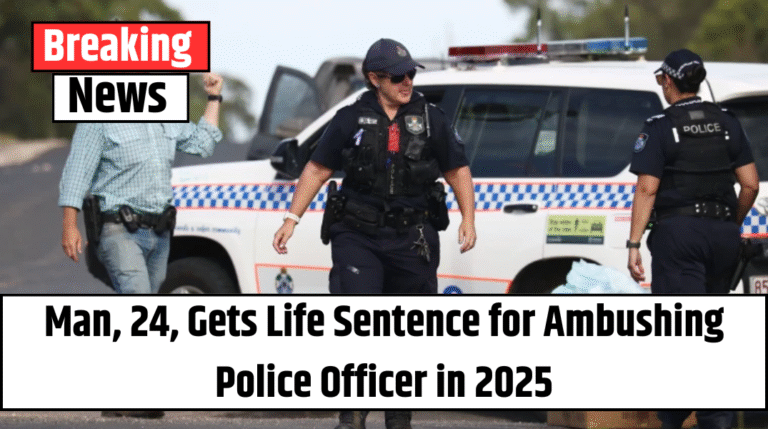No Action Taken: Texas Fails to Advance Local Emergency Alert Legislation
KERRVILLE, Texas — As Central Texas reels from the catastrophic floods that claimed over 100 lives, state Rep. Wes Virdell has been on the front lines, working alongside first responders in his district. The devastation he’s witnessed has left a deep impression—and prompted second thoughts about a vote he cast earlier this year.
Virdell, a freshman Republican from Brady, spent the weekend in Kerrville, where a deadly wall of water from the swollen Guadalupe River tore through cabins, campsites, and homes before dawn Friday. By Sunday, he admitted that his vote against House Bill 13, which aimed to improve Texas’ disaster response infrastructure, may have been a mistake.
“In hindsight, watching what it really takes to manage a disaster like this, I probably would’ve voted differently,” Virdell told reporters from the scene.
A Missed Opportunity?
The bill, introduced by Rep. Ken King of Canadian, was crafted in response to the 2023 Panhandle wildfires and proposed creating a statewide emergency planning council. It also included grants for counties to fund communication upgrades and new infrastructure, including outdoor warning sirens—similar to those used in tornado-prone areas of Texas.
Though HB 13 passed the House, it stalled in the Senate. Critics, including some Republicans, balked at its projected $500 million price tag.
Rep. Tony Tinderholt, R-Arlington, argued during the April debate that the spending was excessive:
“This shouldn’t be about anything but the fact that it’s a half a billion dollars for a new bureaucracy.”
Emergency Warning Debate Rekindled
In the wake of the flooding, the absence of a siren system in Kerr County has become a major talking point. Despite a catastrophic flash flood warning issued at 1:14 a.m. Friday, many residents—especially those asleep or without cell phones—missed the alert.
The Guadalupe River in Kerrville rose from 1 foot to over 34 feet in a few short hours, a surge so extreme that Virdell said a siren may not have changed the outcome.
“This happened so fast, and in the middle of the night,” he explained. “It’s unlikely a warning system would’ve made a big difference in this particular case.”
Still, the tragedy has renewed calls for better systems across the state.
Also Read – 23 Arrested in Major Texas Drug and Money Laundering Operation
Legislative Path Forward
Lieutenant Governor Dan Patrick has joined the discussion, emphasizing the need for state-funded warning systems. He criticized local leaders for rejecting sirens in the past due to cost, arguing that rural counties shouldn’t bear the burden alone.
“We need sirens like Israel uses—loud, unmistakable. Had we had those along the river, maybe more lives could’ve been saved,” Patrick said in a Fox News interview.
Senator Paul Bettencourt has announced plans to introduce legislation combining traditional sirens with modern emergency tech to better alert flood-prone communities.
Meanwhile, Governor Greg Abbott said he is open to including emergency alert systems in the agenda for the upcoming special legislative session starting July 21, though he stopped short of making any promises.
“Every region has unique needs, and we have to tailor responses accordingly,” Abbott said at a Sunday press conference.
Previous Investments and Current Gaps
A spokesperson for Lt. Gov. Patrick pointed out that the legislature already approved over $547 million in disaster preparedness funding this year, which included:
-
$257M for aerial firefighting resources
-
$135M for regional operations centers
-
$90M for rural ambulance support
-
$65M for drone-based emergency response systems
However, critics argue that HB 13 offered something unique: a long-term plan for inter-agency coordination, something that existing budgets didn’t fully address.
Also Read – Galveston’s Pride Center Offers Supportive Space for LGBTQ Individuals
Boots on the Ground
Virdell emphasized that legislative discussions will come later. Right now, his focus—and that of local officials—is on rescue and recovery. As of Monday, at least 25 people remain missing, and more bodies are being recovered by the hour.
“What’s happening on the ground here is nothing short of heroic,” he said. “The collaboration between local teams and crews from across Texas has been incredible.”
He praised the response from more than 1,000 volunteers and first responders who’ve poured into the Hill Country since Friday morning.
Local Reluctance and Federal Caution
Kerr County Judge Rob Kelly addressed concerns over warning systems, saying that past proposals for sirens were rejected by residents who balked at the price.
“The public reeled at the cost,” Kelly said.
Meanwhile, federal agencies have defended their role. White House Press Secretary Karoline Leavitt noted that the National Weather Service issued timely alerts, including Thursday’s flash flood watch and Friday’s early morning warning.
But with many campers and residents asleep—or without phones—those warnings didn’t prevent tragedy.
A Community in Mourning
Among the dead were 27 people from Camp Mystic, a cherished summer retreat for girls located along the river. Ten campers and one counselor are still missing. The camp’s longtime director, Richard “Dick” Eastland, also died in the flooding.
Kerrville Mayor Joe Herring summed up the emotional toll:
“It’s been a heartbreaking few days. We’ve lost kids, families, pillars of our community. We’re grieving, but we’re also standing strong.”
What Comes Next
Virdell believes conversations around disaster preparedness will resume—but only once the immediate crisis is under control.
“We’ll have time to reflect and legislate,” he said. “But right now, we owe it to our people to find the missing and take care of the survivors.”







